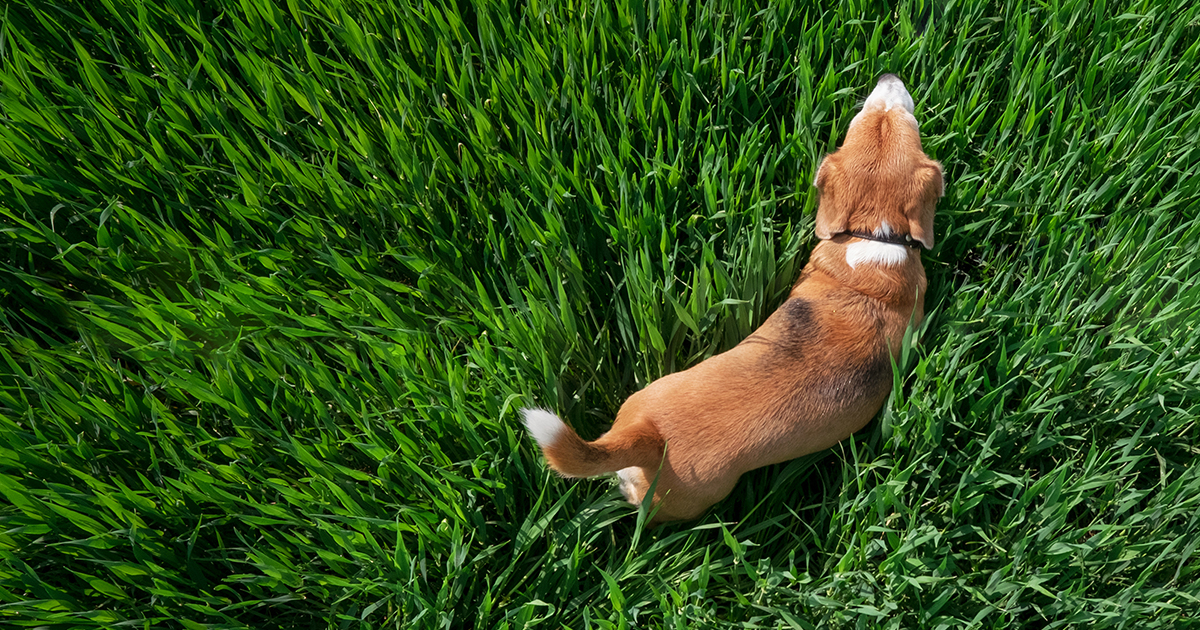It’s estimated that 1 in 10 older dogs will develop chronic kidney disease.1 If you’re lucky, your dog won’t be one of them. The trouble is, by the time most signs of kidney disease are apparent, 75 percent or more of the kidneys may be seriously compromised.1 Early detection of kidney issues in dogs and immediate treatment are the best ways to help protect your dog.
The multi-talented kidneys
Your dog has two kidneys, tucked up along the spine near the last ribs. While you’re no doubt aware the kidneys help make urine, these hardworking organs do much more. Within each kidney, small processing units called nephrons filter the blood and remove metabolic waste and drugs from the body, releasing them into the urine. At the same time, they return important proteins and other substances to the body.
The kidneys play a crucial role in maintaining proper hydration while preserving the correct balance of minerals and electrolytes. They’re also responsible for producing hormones that regulate blood pressure and promote red blood cell production by the bone marrow.
Causes of kidney disease
Kidney disease is often divided into two categories. The first is acute kidney injury, which occurs over the course of hours or days and may be associated with ingestion of toxins such as grapes, infection with leptospirosis bacteria from drinking contaminated water, urinary tract obstruction or other issues. In some cases, the damage may be reversible if treated early and aggressively.
Chronic kidney disease generally happens over several months and can be managed but not cured. In many cases, it may occur as part of the natural aging process, from years of wear and tear on the organs.
Other causes of kidney disease range from congenital defects (present at birth) and hereditary kidney problems to Lyme disease and bacterial infection spread from dental disease.
Signs of kidney disease
The signs can be subtle and include weight loss, lethargy, dehydration, changes in drinking and urination, blood in the urine, vomiting and loss of appetite. In advanced cases, the gums may be white from anemia, or a paucity of red blood cells.
How to protect your dog
Make sure to keep your dog away from any toxins that can lead to kidney problems, including grapes or raisins and ethylene glycol (antifreeze). Store human and animal medications in a locked cabinet to prevent your dog from accidentally ingesting them.
Use tick preventives and remove any ticks as soon as possible to help protect your dog from Lyme disease. Finally, do not let your dog drink from lakes, rivers or streams that may be contaminated with Leptospira bacteria. Ask your veterinarian if your dog would benefit from a leptospirosis vaccine.
Of course, make sure to alert your veterinarian if your dog shows any signs that may be consistent with kidney problems. Regular veterinary exams, including blood tests and a urinalysis, may help identify kidney disease early. There are even screening tests to help detect kidney disease before signs become apparent. If you’re concerned about your dog, your veterinarian can help determine the best next steps to take.
RELATED POST: COMMON CAUSES OF ACUTE KIDNEY INJURY IN DOGS
Reference
1 Brown SA. Renal dysfunction in small animals. The Merck Veterinary Manual website. Available at https://www.merckvetmanual.com/urinary-system/noninfectious-diseases-of-the-urinary-system-in-small-animals/renal-dysfunction-in-small-animals. Accessed September 23, 2021.








